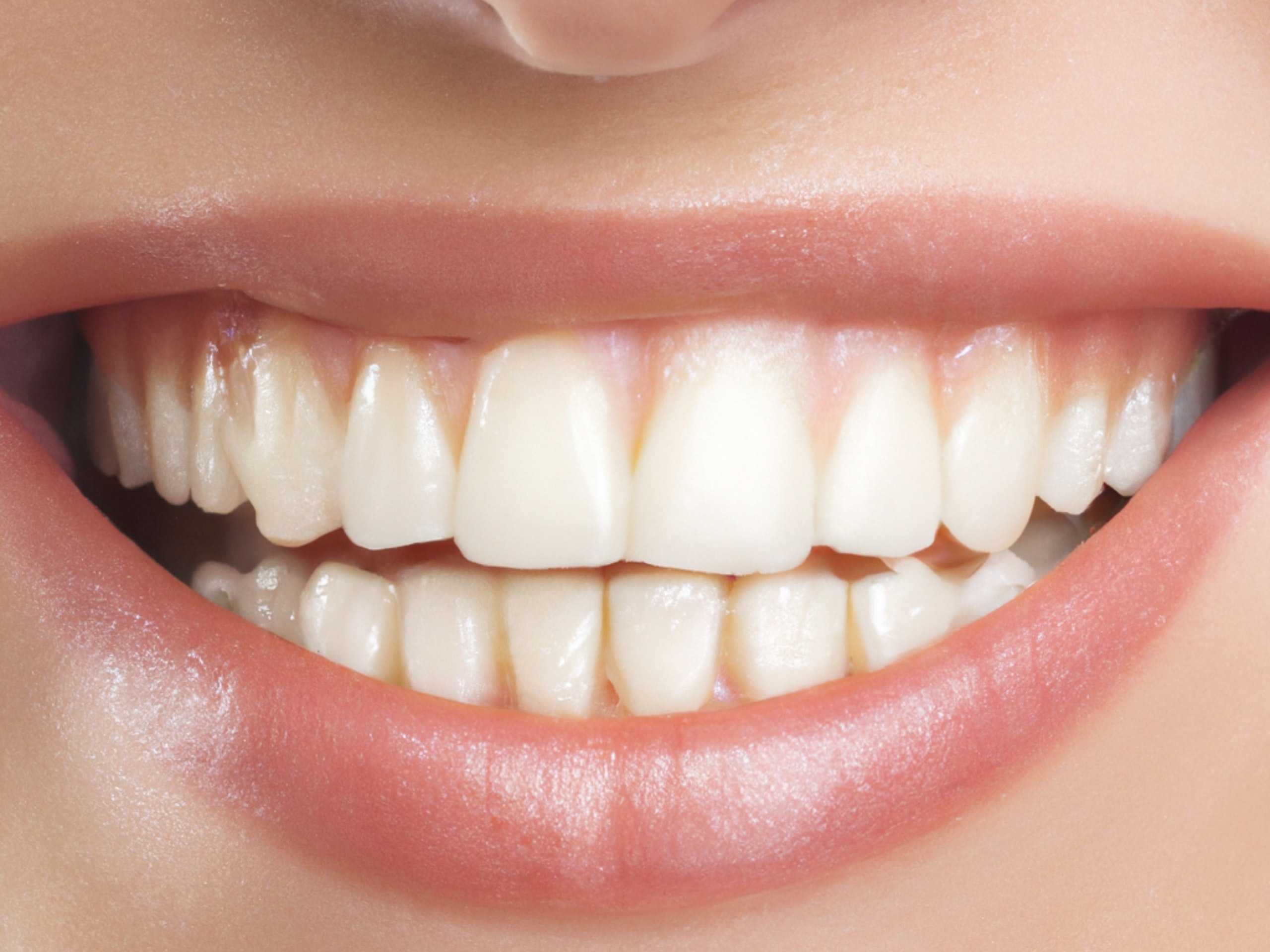
VISITING HOURS:
Week Days - 9 am to 8 pmSundays - Only Emergency Cases
How to Fix a Gummy Smile?
Do you feel self-conscious about your smile because too much of your gums show? You’re not alone. A gummy smile is a common dental issue that affects many people. While it’s not necessarily harmful to your oral health, having excessive gum tissue can make you feel insecure and affect the way you interact with others. Luckily, there are several treatment options available to fix a gummy smile and boost your confidence. In this blog post, we’ll explore the causes of a gummy smile and discuss how to fix a gummy smile. So let’s get started!
What is a Gummy Smile?
A beautiful smile depends more on how well it complements the rest of the face than on the precise proportions of the teeth and gums. When a person is smiling beautifully, their upper lip should rest only a few millimeters (mm) over the crowns of their teeth. A “gummy smile,” however, shows more gum than usual. So, what does this mean? When someone smiles, it throws off the balance of their face.
Treatment Options
1) Botox
Botox, or Type A botulinum toxin, is a neuromodulator that is increasingly popular for use in anti-aging treatments like wrinkle smoothing. If your upper lip is too short or too active, Botox can help you stop showing too much gum when you smile. While the cost of Botox is typically lower than that of surgery, the benefits only persist for around three to eight months. Botox reduces the strength of the overactive lip muscle, resulting in less noticeable upper lip raising when smiling.
2) Orthodontic Treatment
If you have a gummy smile because of jaw problems or an incorrect bite, orthodontic treatment may help. In addition to alleviating any pain or discomfort brought on by these diseases, treating them can also improve the appearance of a gummy smile. Your gummy smile may be less noticeable if your teeth are properly aligned so that less gum shows when you smile. Discuss the possibility of orthodontic treatment to correct your gummy grin with your dentist or orthodontist.
3) Veneers
If veneers are the only thing holding back your pearly whites from shining through, then you have nothing to worry about. Placing veneers on your teeth is just cosmetic; therefore, it won’t alleviate any pain or suffering caused by the underlying condition(s) that lead to your gummy grin. Your dentist or orthodontist can use veneers or crowns to transform the look of your teeth into something more elongated and voluminous. This will make your teeth appear more normal in size in relation to your gums. This is a reasonably painless method of reducing the prominence of your gums when you smile.
Read to know: Are Dental Veneers Right for You?
4) Crown Lengthening
Crown lengthening is an effective way for those who are worried about how to fix a gummy smile. A gum lift or crown lengthening may be recommended if the excessive gum tissue is covering too much of your teeth. In order to raise the gum line, a portion of the gum tissue surrounding the teeth must be surgically removed. More teeth than gums will show when you smile. We may suggest a crown lengthening procedure if there is a lot of healthy gum tissue. The bone that surrounds the teeth is also altered by this procedure, in addition to the gums.
Also Read: Is a Dental Crown Necessary After Root Canal Treatment?
5) Lip-Lowering Surgery
Lip repositioning surgery, or reverse vestibulopathy, is the medical term for this procedure. An incision is made on the inside of the upper lip, and a thin strip of tissue is removed. The gum surgeon then stitches up the incision. As a result, you can smile without worrying about your lip lifting too much. As a result, your surgeon can fix your gummy smile exactly where he or she wants to. Furthermore, you will notice a larger upper lip following surgery.
6) Corrective Jaw Surgery
This operation will be performed by the surgeon only if absolutely necessary. The top jaw will be moved forward during this operation. As a result, it aids in achieving a harmonious proportion between the upper and lower jaws. General anesthesia is required for this surgery as opposed to local. In addition, an orthodontist and a maxillofacial surgeon collaborate on this procedure. The surgeon can pinpoint the precise region of excessive jaw growth using repeated images. Wearing braces or other orthodontic devices is sometimes necessary. They will ensure that your teeth and jaw are in the correct positions.
Conclusion
Gummy smiles can be a source of self-consciousness for many people, but thankfully there are effective treatment options available. Whether it’s surgery or orthodontics, these methods can help you achieve the smile you’ve always wanted. It’s important to remember that each case is unique and may require different approaches. Consulting with a dental professional is crucial in determining which treatment option will work and how to fix a gummy smile. Don’t let a gummy smile hold you back any longer – take the first step toward achieving your dream smile today!
Read Similar: Best 9 Practices For Healthy Teeth and Gums
OUR
TREATMENTS
TREATMENTS








